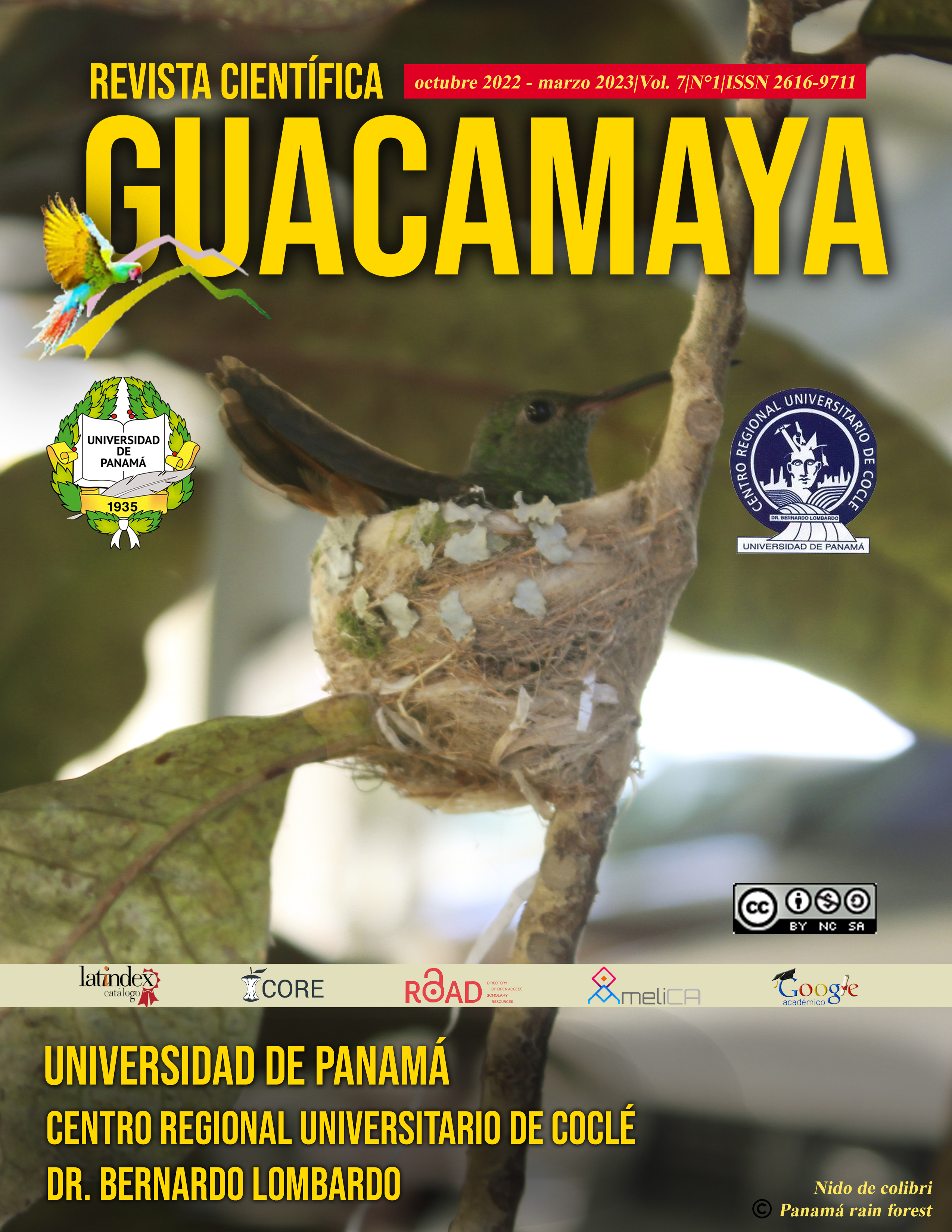


This work is licensed under a Creative Commons Attribution-NonCommercial-ShareAlike 4.0 International License.
Five disinfectants for home uses were tested over wood and plastic surfaces. These disinfectants were made with several active agents. The first hat formaldehyde, anionic detergent and etoxilade lauric alcohol; the second one was made of sodium hipocloride; the third one made of just formaldehyde; the forth made of benzalconio cloride (zephiran); and the fifth was made of quaternary ammonium. Each disinfectant was tested in cut tables made of wood and plastic, which were bought in the commerce. Over the surface of these tables it was spread a diluted (peptone water 1%) culture of Escherichia coli, approximately 103 bact/mL follow a McFarlan standard. Immediately, a sample was taken from the surfaces with a Petrifilm plate system for E. Coli; after that, one of the disinfectants was applied following the concentration indicated for the manufactures. The samples were repeated after 5 and 20 minutes of the disinfectant application. After incubation at 37 ºC for 24 hours, the number of colonies was registered. The results shown that the disinfectants hat significant differences at 5 minutes; however, after 20 minutes, almost all of them hat the same efficiently (approximately 100 %). The disinfectant with sodium hipocloride was the most efficient; while, the disinfectant made of quaternary ammonium was the less efficient. An analysis of the results between wood and plastics surfaces did not shown significant differences.